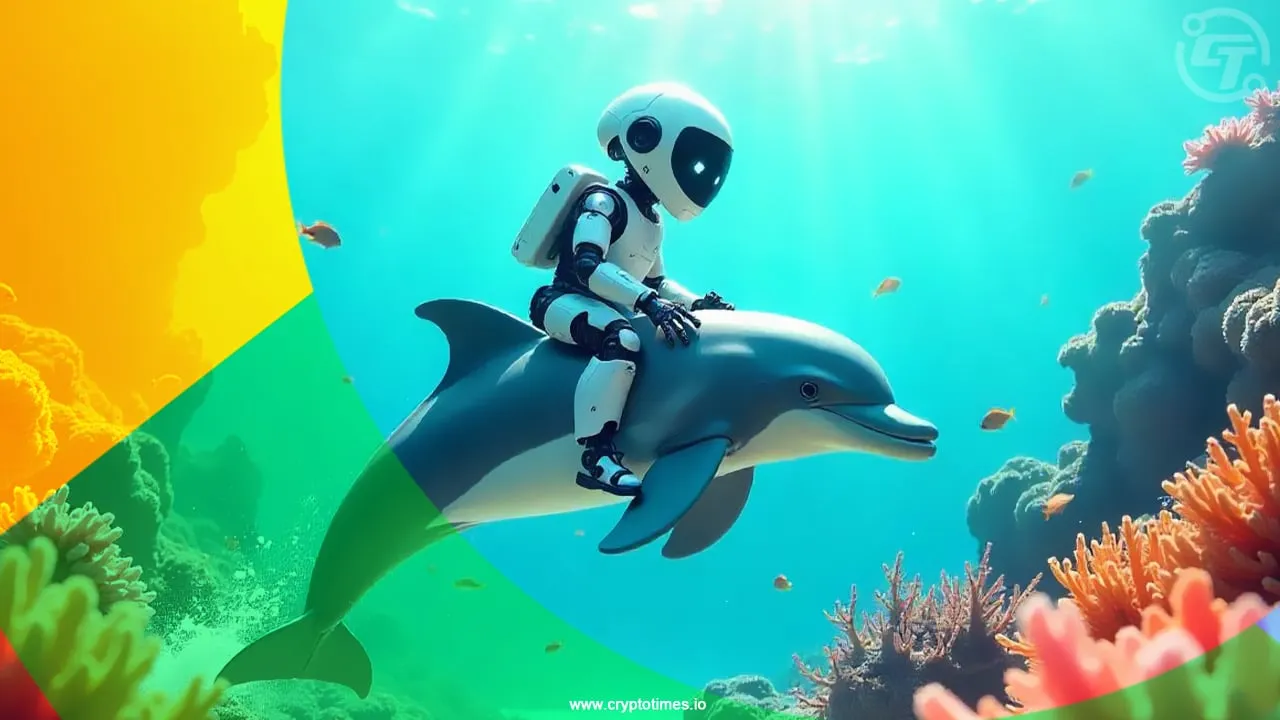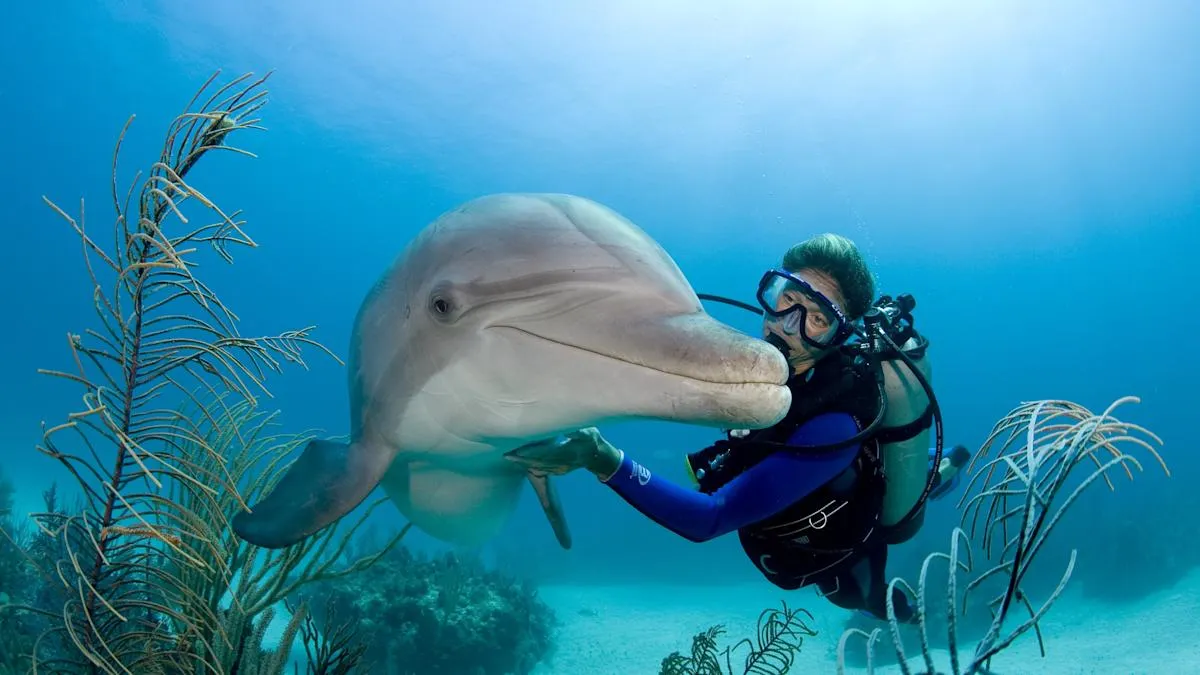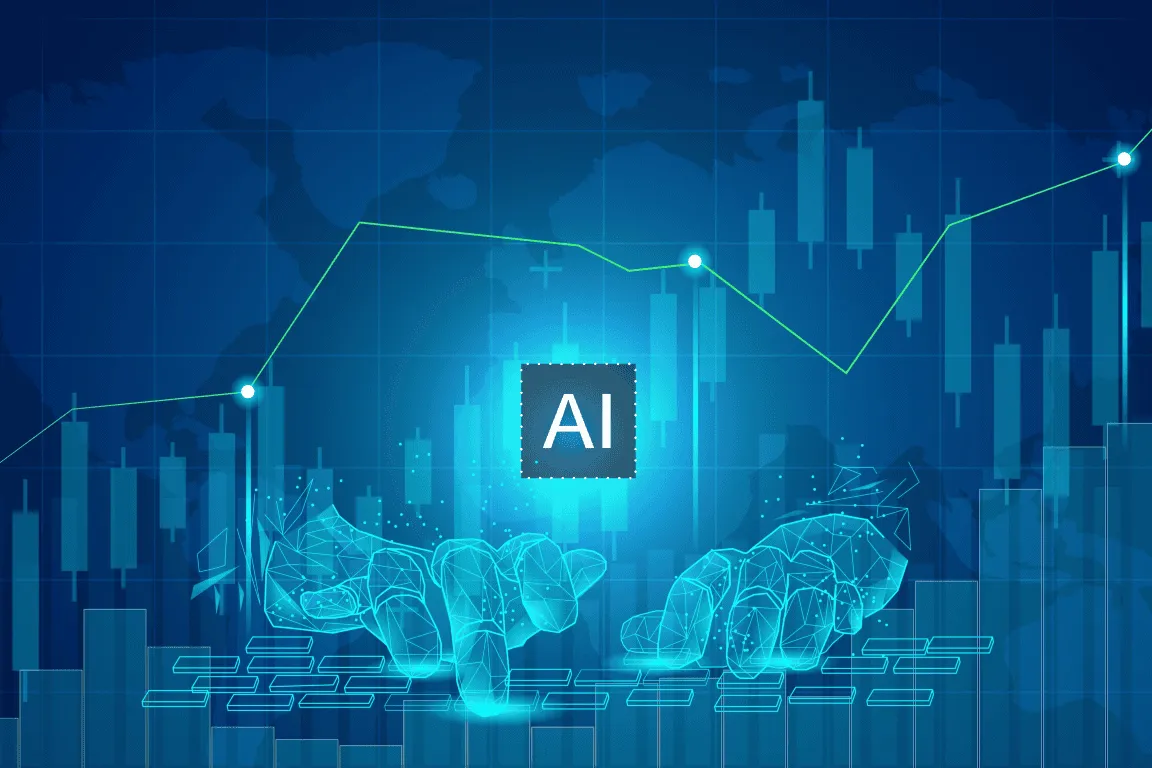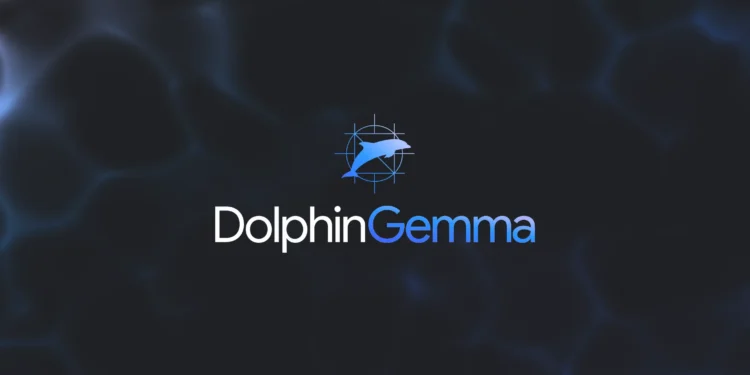Google’s cutting-edge AI lab, DeepMind, has unveiled an innovative new model designed to push the boundaries of animal communication research. In an exciting breakthrough, the model, named DolphinGemma, promises to help researchers decode the intricate vocalizations of dolphins, offering a glimpse into their complex communication system. This pioneering project could forever change how we understand one of the most intelligent species on the planet.

DolphinGemma: The AI Model for Decoding Dolphin Sounds
The newly developed DolphinGemma AI model, built on the open-source Gemma series, is designed specifically to help researchers study the vocalizations of Atlantic spotted dolphins. These dolphins are known for their distinct “speech” patterns, which include a variety of clicks, whistles, and other sounds that scientists believe may be linked to communication, emotions, and social interactions within dolphin pods.
Google’s DeepMind teamed up with the Wild Dolphin Project (WDP), a nonprofit organization dedicated to studying dolphins in their natural habitat, to develop this groundbreaking AI technology. The model is not only able to generate dolphin-like sound sequences but also runs efficiently enough to be used on smartphones, including the latest Google Pixel devices.

As Google describes it, DolphinGemma is capable of mimicking dolphin vocalizations with stunning accuracy, allowing researchers to not only generate dolphin-like sounds but also listen to dolphin calls and analyze them for matching responses. The implications of this project could revolutionize the way we communicate with and understand marine life.
Revolutionizing Dolphin Research with Google Pixel Devices
This summer, the Wild Dolphin Project will take their research to the next level by using Google’s Pixel 9 smartphone to power their research efforts. Previously, the organization had been utilizing the Pixel 6, but the upgrade to the Pixel 9 will significantly enhance their ability to run DolphinGemma and other AI models simultaneously. This will enable the WDP to conduct more complex studies and analyze dolphin vocalizations more effectively in real-time.
By using the Pixel 9’s advanced capabilities, researchers will be able to generate synthetic dolphin vocalizations and pair them with actual dolphin sounds from the wild. This process will help to test whether certain dolphin calls elicit responses from other dolphins, providing valuable insights into how these marine mammals use vocalizations for communication.
A Glimpse Into the Future of Animal Communication Research
While decoding dolphin vocalizations has long been a challenge for scientists, DolphinGemma represents a giant leap forward. With its advanced AI-driven technology, the model can help bridge the gap between human understanding and animal communication. By studying these vocalizations, researchers may eventually unlock the mysteries of dolphin “language,” potentially revealing new insights into their social behaviors, intelligence, and interactions with the environment.

For Google, this project is a prime example of how artificial intelligence can be applied to fields beyond traditional technology and business. By supporting groundbreaking research into animal behavior, the tech giant is expanding the scope of its AI models, showing how AI can be used for the greater good of both human and environmental understanding.
What’s Next for DolphinGemma and the Future of AI in Marine Biology?
With the release of DolphinGemma and the planned research advancements using Google Pixel 9 devices, the future of dolphin communication research looks promising. The collaboration between Google’s DeepMind and the Wild Dolphin Project is expected to yield new findings that could reshape our understanding of dolphin behavior and their social systems.

Looking ahead, there may be even broader applications for this technology, including its potential use for studying other animal species or aiding conservation efforts. By harnessing the power of AI, researchers could unlock the complex world of communication in other animals, offering insights into biodiversity, ecosystems, and how different species interact within their habitats.
For now, though, DolphinGemma stands as an impressive testament to the power of AI in understanding the natural world, and its success could open doors to even more groundbreaking studies in animal communication.










